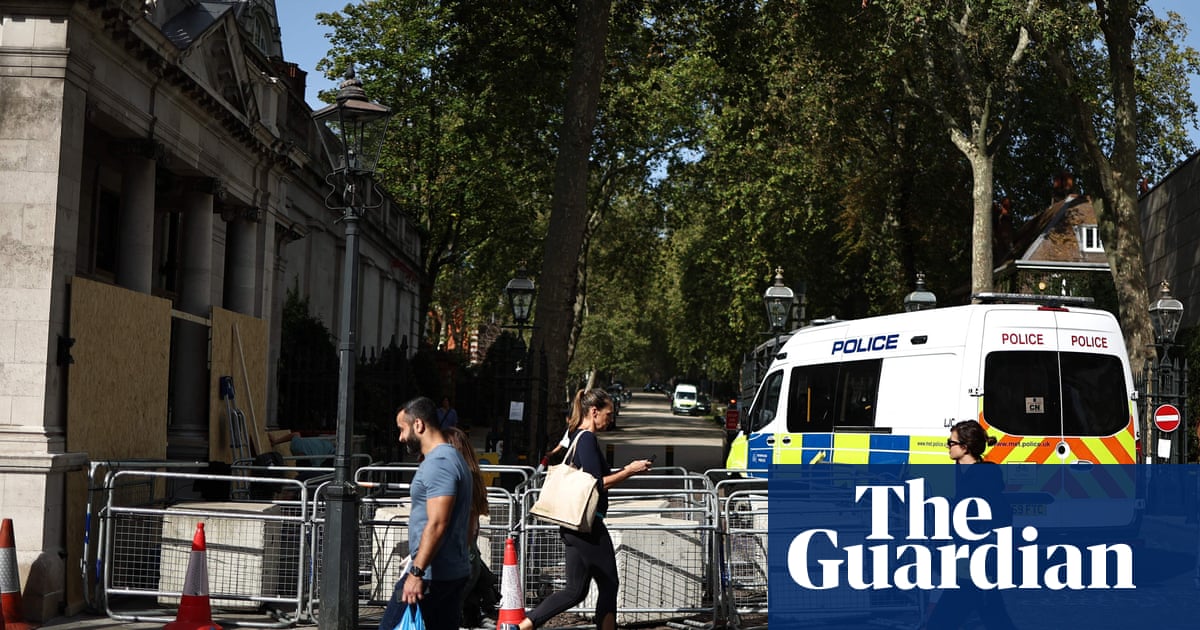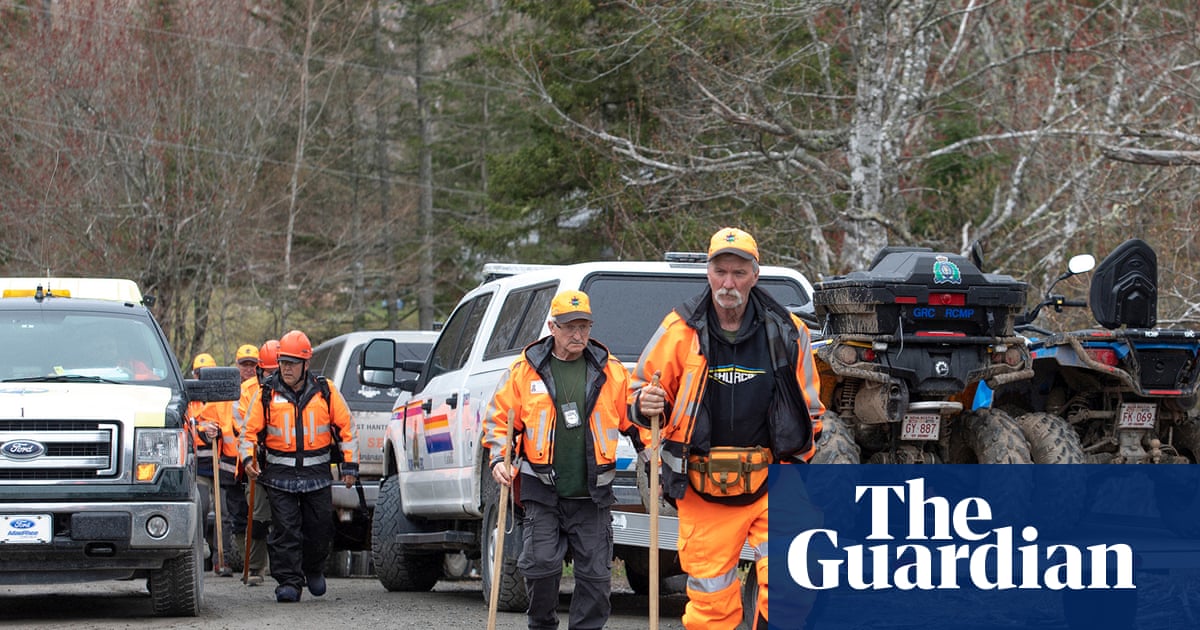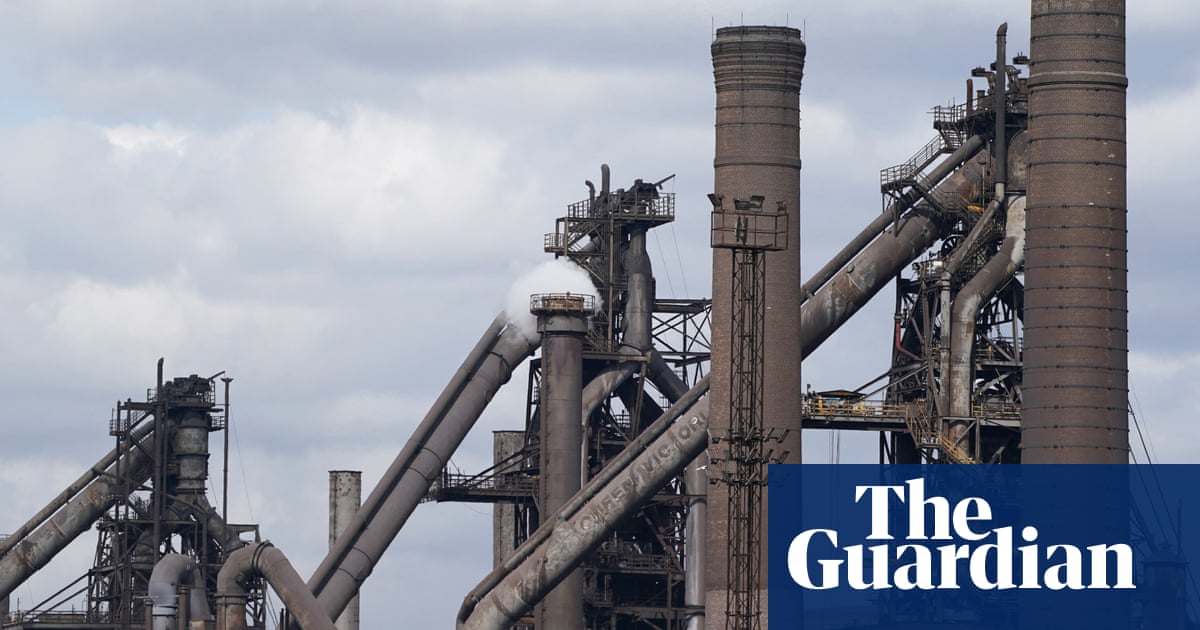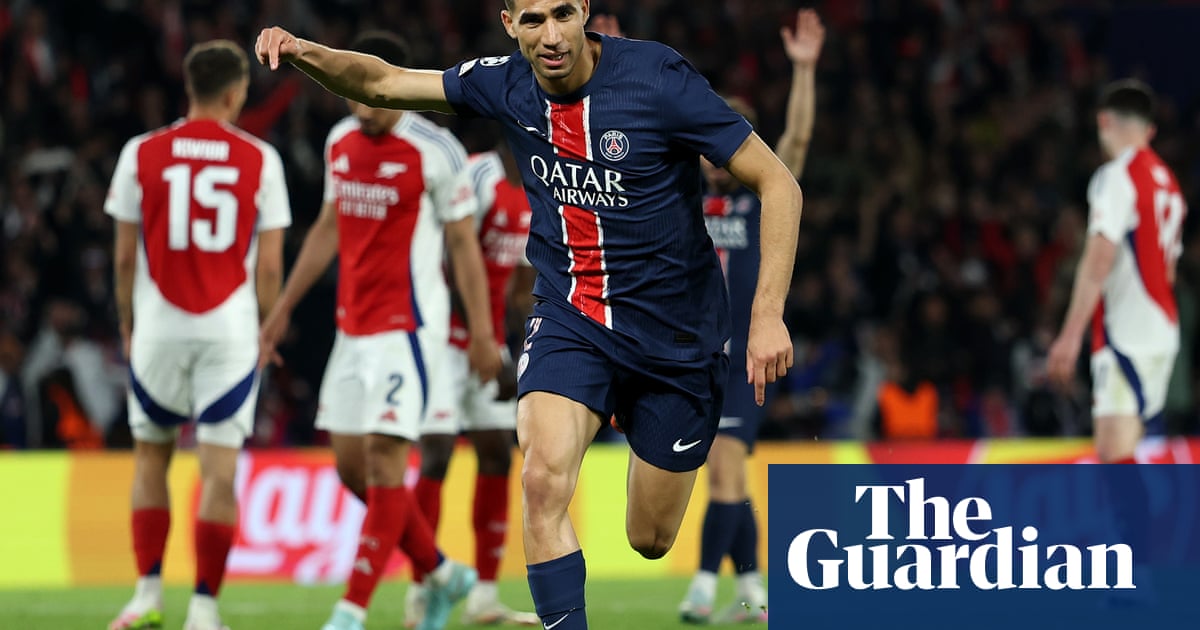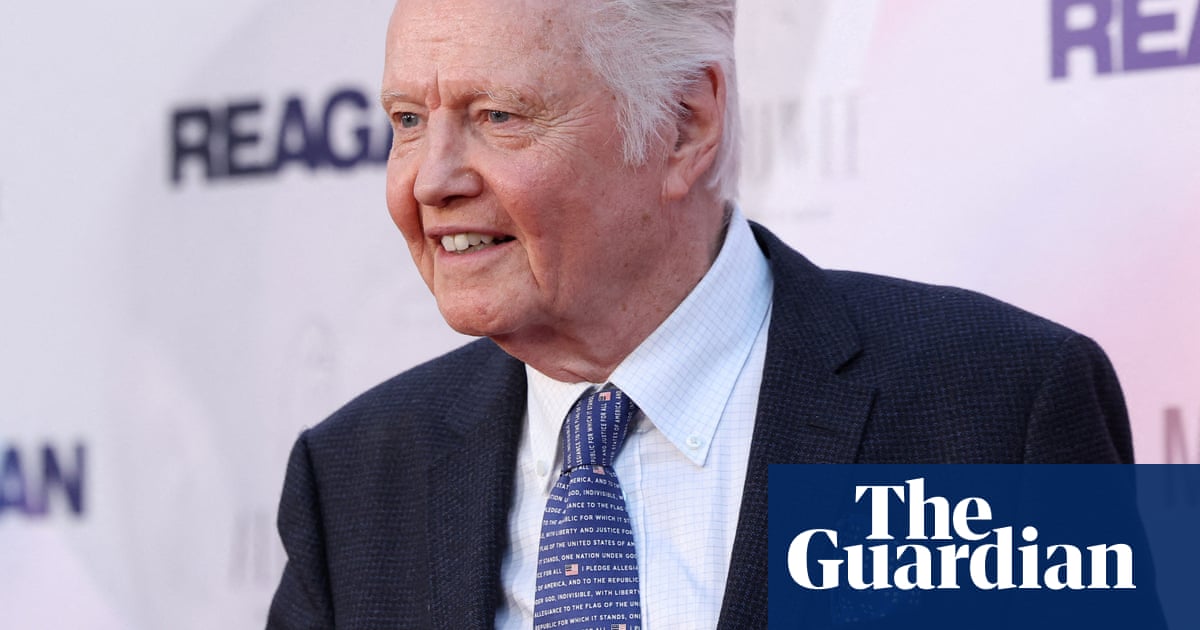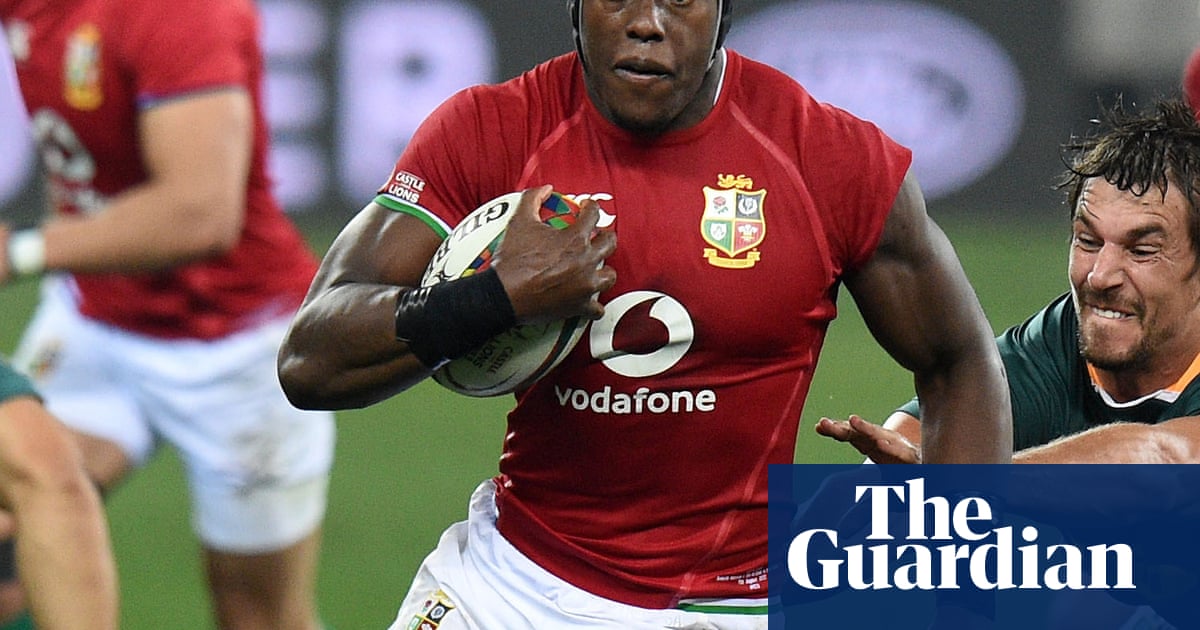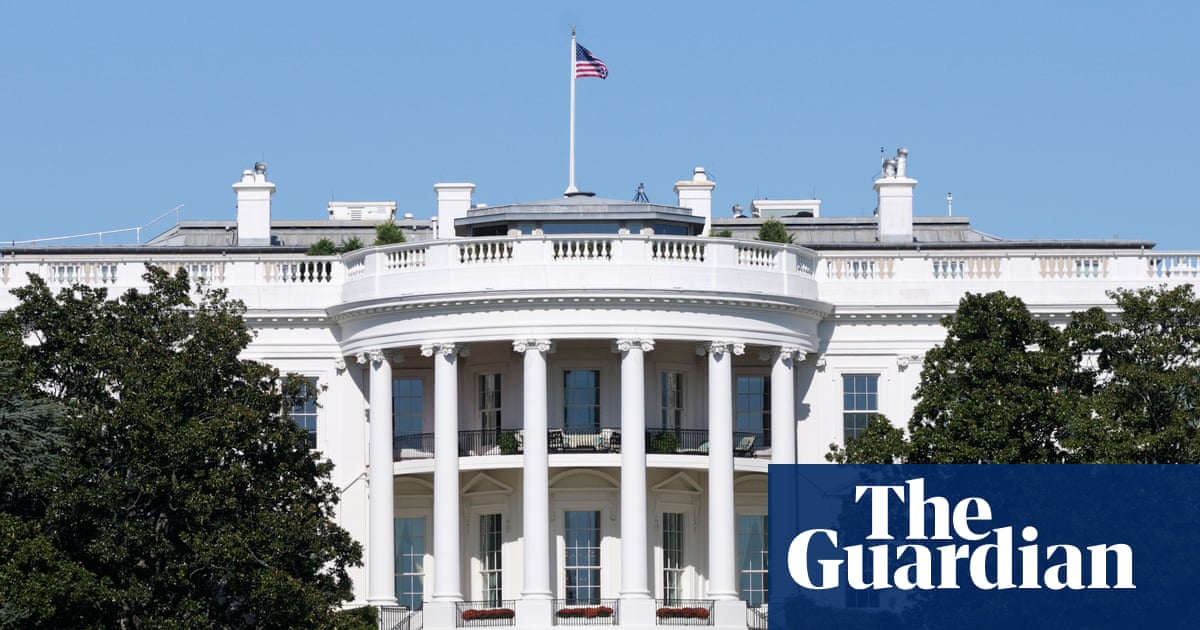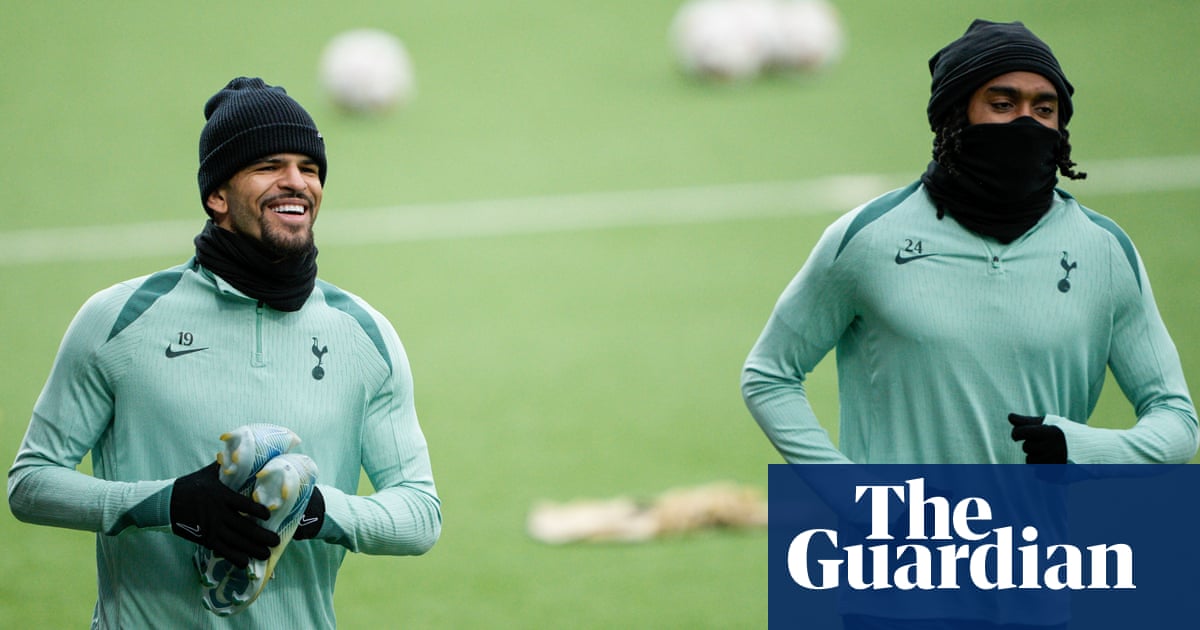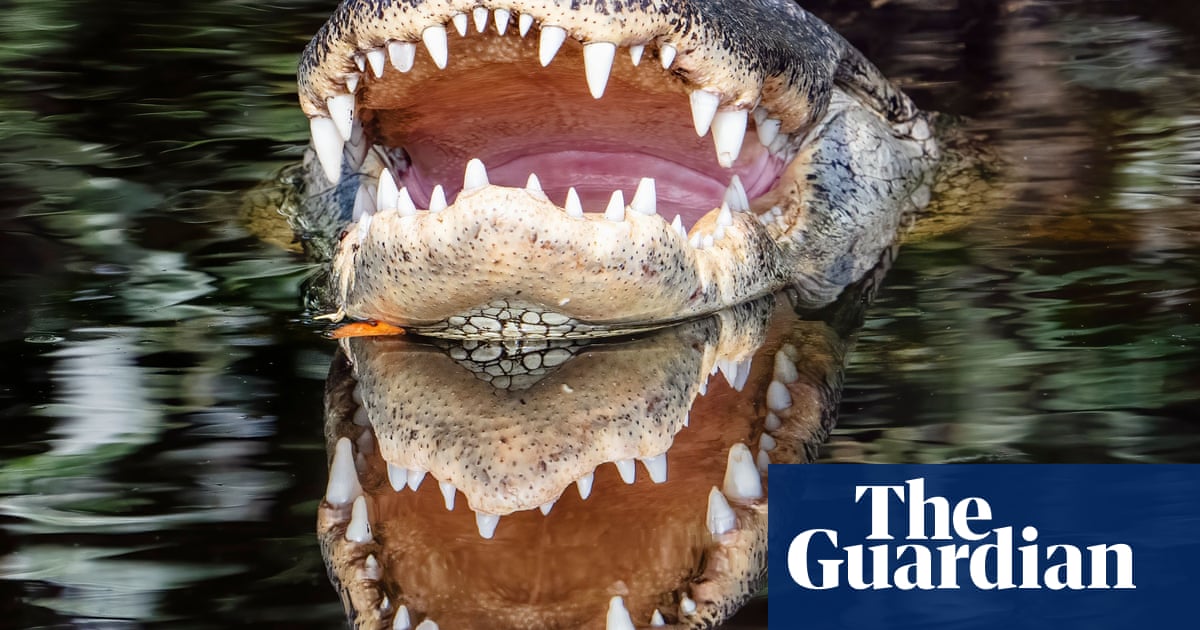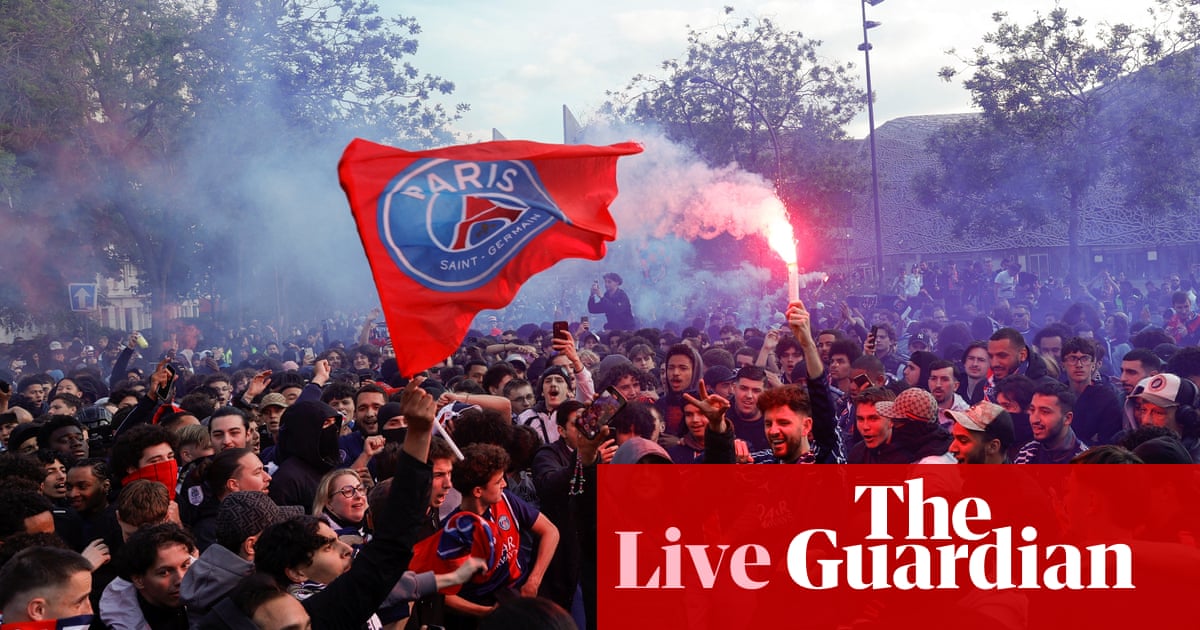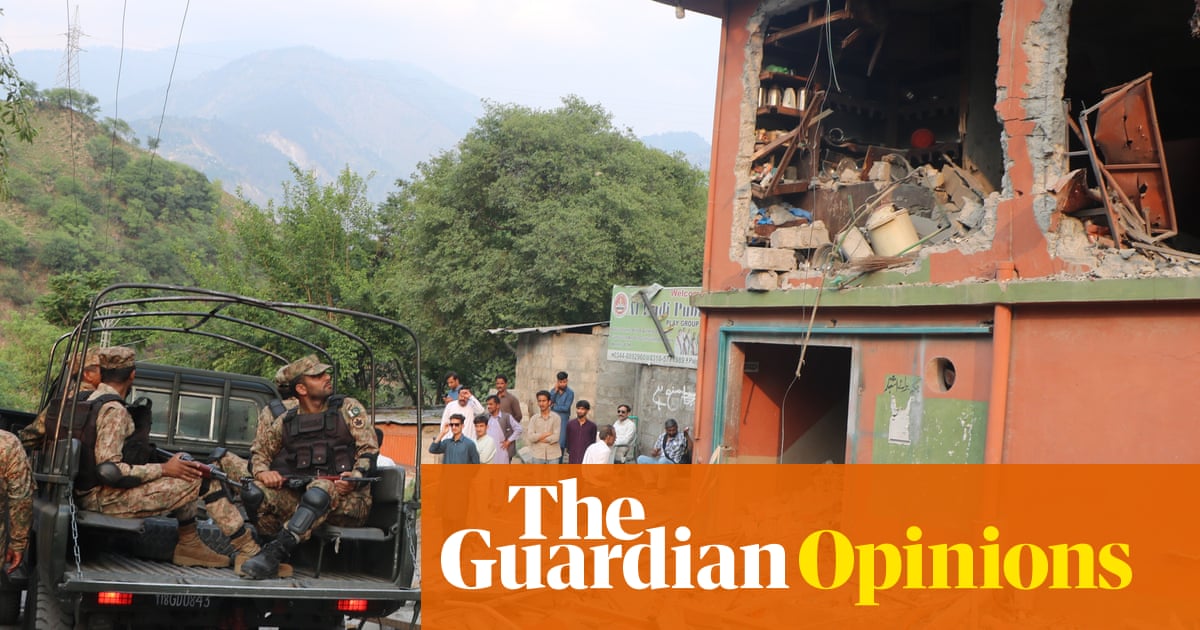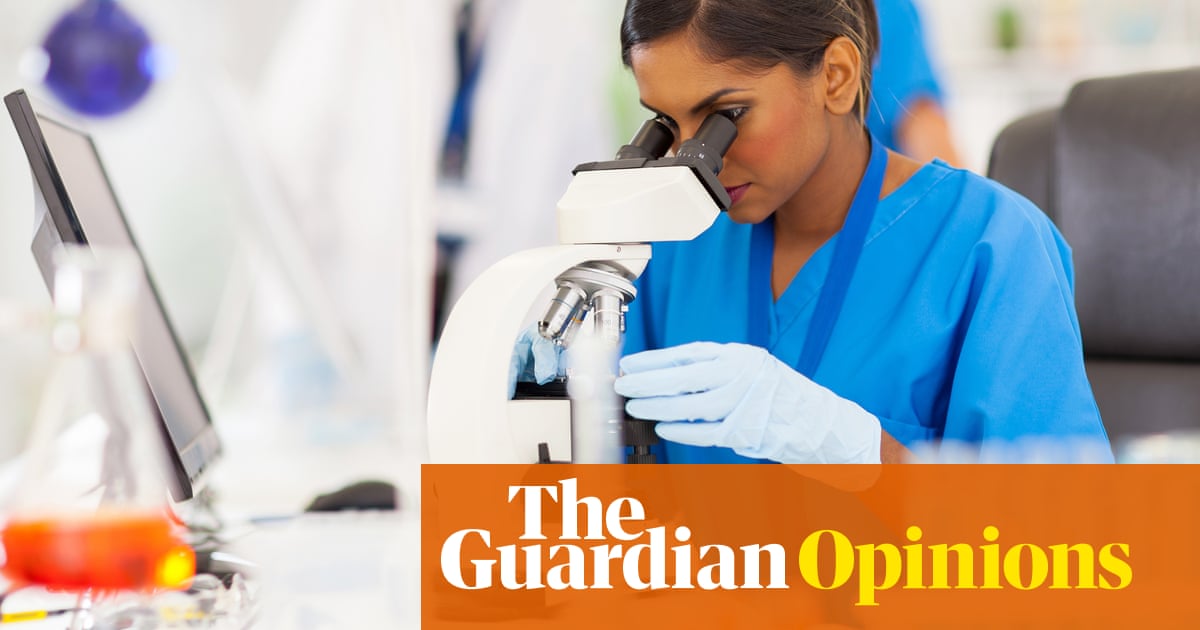The fire that has just destroyed 500 hectares (1,230 acres) of Dartmoor should have been impossible. It should not be a fire-prone landscape. But sheep, cattle and ponies have made it so. They selectively browse out tree seedlings, preventing the return of temperate rainforest, which is extremely difficult to burn. In dry weather, the moor grass, bracken and heather covering the deforested landscape are tinder.
The plume of carbon dioxide and smoke released this week is one of the many impacts of livestock grazing. But several recent films, alongside celebrities, politicians, billionaires and far-right podcasts, seek to persuade us that cattle and sheep are good for the atmosphere and the living planet. This story, wrapped in romantic cottagecore, is now the most active and seductive frontier of climate-science denial. It is heavily promoted by the meat industry, which is as ruthless and machiavellian as the fossil fuel industry. It sows confusion among people desperately seeking to do the right thing in an age of misinformation.
In reality, beef and lamb are the most land-hungry and climate-damaging of all farm products. Their climate impacts range from the methane and nitrous oxide the animals produce to the huge areas they need for grazing, which could otherwise support wild ecosystems far richer in carbon, such as forests and wetlands. As usual, Brandolini’s law applies: refuting such stories requires an order of magnitude more effort than spreading them.
So here we go again, with the publication of two reports in the space of a week. I’ve visited the farm that commissioned the first one, FAI Farms in Oxfordshire, and found the staff sincere and well-meaning. Their “study” was funded by McDonald’s, “to support McDonald’s belief that well-managed beef production has an important role to play in a thriving global ecosystem”.
The FAI Farms report claims that “the farm as a whole is beyond net zero … sequestering more carbon than it is emitting from our beef enterprises”. But it shows no such thing.
The report claims, using results from its carbon calculator, that the emissions from its livestock and machinery are outweighed by the carbon it is sucking up. But its actual carbon sequestration figures come from just three fields each sampled in four locations, out of the 105 fields on the farm. The sampling was repeated after three years. Already, this fails to meet the threshold for statistical significance, let alone produce results for the whole farm. But it gets worse. In one of the three fields, the sample locations were changed: those results should have been eliminated. In the second field, bales of hay were brought in to feed the cattle: in other words, carbon was imported from elsewhere on the farm. That should also have been eliminated. The third field was ploughed and re-seeded between the sampling sessions, introducing an unquantified variable. Eliminate that too and, er, nothing remains.
Even worse, bulk density (the amount of soil in a given volume) was measured in the second sampling, but not in the first. If you don’t know how much soil you have, you don’t know how much carbon it contains.
In other words, it’s a right old mess, without a single usable data point. Yet while the main body of the report warns that the tests are “not representative of the farm as a whole” and “we therefore urge caution”, no such caution features in its executive summary or publicity highlights. (FAI Farms has been contacted for comment). Research of this quality is all too common among livestock farms claiming carbon savings.
The work of FAI Farms is cited in the second report, published this week by an organisation called the Sustainable Food Trust (SFT). Founded by a very charming cattle farmer, Patrick Holden, the trust, in my view, does the opposite of what it says on the tin. But his excellent connections (he is King Charles’s farming adviser) guarantee massive publicity.
The SFT’s report promotes cattle and sheep grazing on temporary meadows (leys), which are ploughed at some points in the rotation to produce crops (an example the report cites grows crops in two years out of 10). It claims that a “nationwide transition” to such farming systems “would help address climate change, restore biodiversity and deliver a wide range of social benefits”. It urges us to stop eating pigs and chickens and eat cattle and sheep instead, while consuming far fewer arable crops, as its proposals would, it admits, greatly reduce output. This, it claims, is not a problem, as grain would no longer be needed to feed chickens and pigs.
The report makes some interesting points about how impacts are measured. But I was struck by its own measurement omissions. How much land would be needed under this system to produce the crops we eat? Would we become even more dependent on imports, taking grain from hungrier people overseas or commissioning the destruction of forests, savannahs and wetlands? Given that cattle and sheep in almost all systems require supplementary feeding, and are far less efficient converters than chickens and pigs, would this proposal really ensure that less grain was needed? And what would it do to the price of food?
When I spoke to Holden, he admitted that the price of food would soar. He directed me to a previous report by the SFT. I read it and found some heroic assumptions: no more land or food imports would be required for their plan, as long as everyone in the UK eats less and adopts a highly prescriptive “healthier” diet (which strangely seems to involve plenty of cheese), and is prepared to pay much more for food, and as long as we reduce food waste by 50%. Given that, thanks to the innovative work of groups such as FareShare, much of the usable food that would otherwise be wasted is already brought back into the system, and most of what remains is “post-consumer” (hands up if you want to root through someone’s bin), it’s hard to see how this could be achieved.
You could sprinkle the same magic dust over any food system and claim to have fixed the problem. As for the amount of supplementary grain the cattle and sheep would need, the previous report states merely that “a small amount of supplementary feed is assumed”. Right, that sorts it out.
If such claims arose from any other sector, we would recognise them for what they are: industry lobbying. But because their bucolic imagery chimes with deep cultural themes, enthusiasm for such non-solutions extends all the way from McDonald’s to King Charles. The phenomenally complex challenge of feeding the world without devouring the planet will not be met through wishful thinking and romantic simplicities.
-
George Monbiot is a Guardian columnist

 15 hours ago
12
15 hours ago
12

